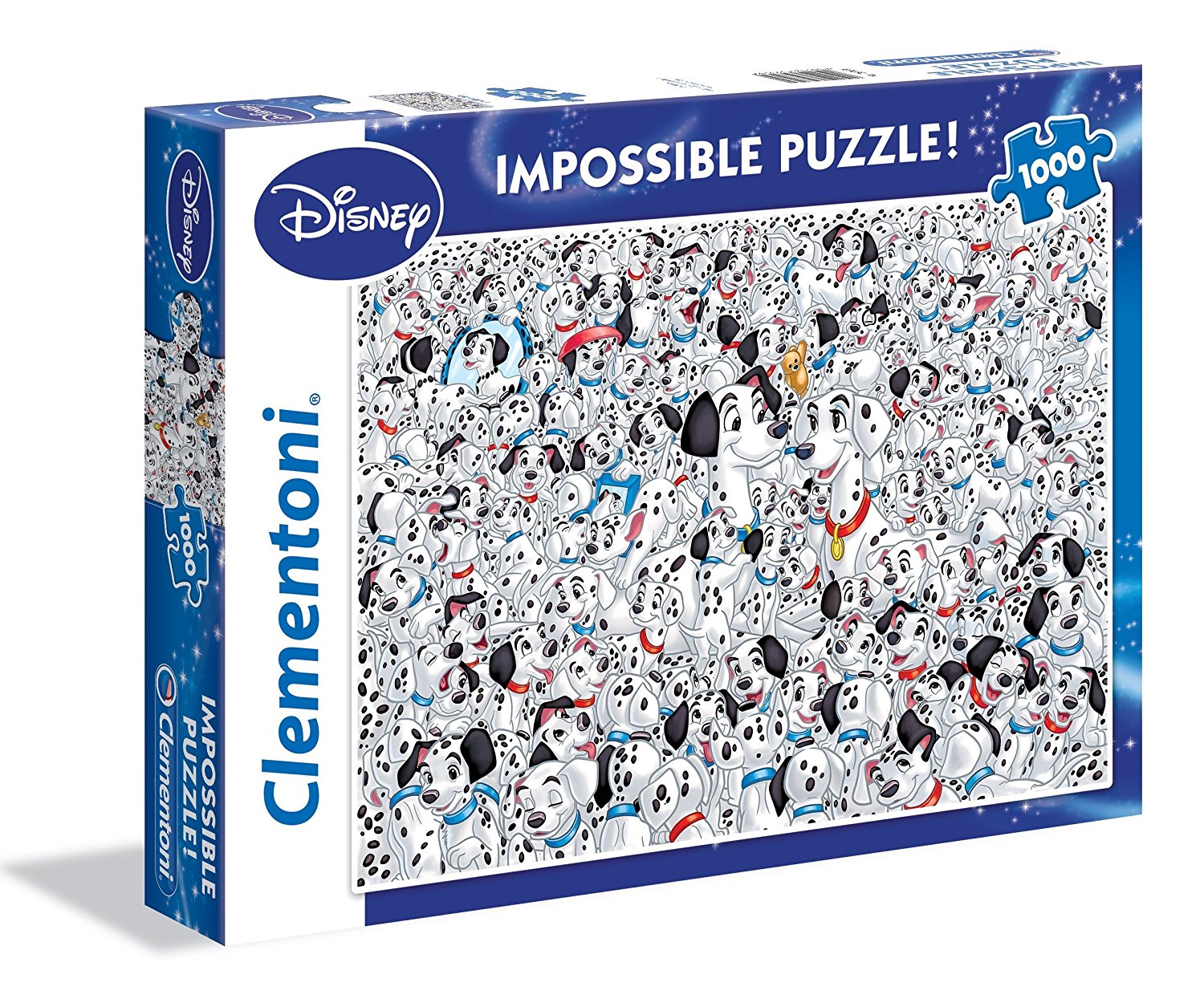For a while now, I have been wrestling with my own thoughts on the interaction challenge and motivation. In relfecting, I also considered the importance of pacing. Teaching is so messy, these three variants just the tip of the pedagogical iceberg. Explaining the relationship is difficult.
Given the context I work in, there is a twist, our learning is structured around the concept of self-directed learning (SDL), where we place an emphasis on the students participation in co-constructing and leading learning, on the place of investigation and agentic learning.
Teachers are solving the teaching conundrun every day. Different for every class, even the same class can be different from the day before. Of particular, for some time, has been the relationship between challenge and motivation, the notion of “desirable difficulty” and to a lesser degree the value of cognitive conflict. Now SDL is not simply finding things out for yourself. We know that there is no empirical evidence to support the notion that finding something out for yourself aids learning. However. there is evidence to suggest that novice learners learn better through explicit, teacher-led instruction, rather than through discovering something on their own. But what motivates us to find out anything, directed or not? Striving, perfecting, constructing, curiosity… challenge? Is that enough to get learners hooked? What keeps ’em hooked and when does distraction champion attention?
Hardly empirical but I think I have a working metaphor. A chance afternoon working on a family puzzle. The impossible puzzle type – aone thousand piece, 101 Dalmatians. Two adults, three children, 9, 6, and 3.
The sorting phrase was fine, finding the edges was fun enough for everyone, if our three year old didn’t quite get the meaning of edge. They were relatively small pieces. Piecing together the frame was challenging, as much luck as judgement, and although it got easier with fewer pience, slowly the frustration and lack of success saw our team diminish. Too much challenge, not enough success. It was not desirable. There was too much left to complete and motivation wained and disappeared. My wife and I completed the frame but we paused there, knowing we would not likely return.
Late that afternoon Freya 6, suggested a 500 piece puzzle. A 1940 shop setting. The sorting phrase was fine, again finding the edges posed a problem for Olly, 3 even though they were slightly bigger pieces. He perserved. Piecing together the frame was enjoyable. Success was variable though the difficulty desirable. Collectively we moved onto the puzzle middle. The variable colours and “scene clues” making it more intriguing, detective work. Olly left the team. We had collectively worked on the puzzle for nearly two hours. Success encouraging committment to the cause. Bed-time looming, motivation was maintained but ultimately we had to stop before it was finished the puzzle.
In the morning the children came down stairs to finish the puzzle and were quite put out to find it completed.
Questions and reflections
Does pacing influence the relationship beyween challenge and motivation? It is hard to say from our puzzle experiences, but having a deadline (bed-time) looming seems to have enhanced motivation.
Challenge or diserable diffiiculty seems to be a very real component of successful puzzle completion.
There is another relationship to explore – that of challenge and milestone successes. Completing the second puzzle was full of small achievements or milestones. These success had a prfound effect on the children’s motivation. The adults as well for that matter.
What did I learn – challenge, punctuated with small successes, under generous yet controlled time condition, aids motivation.


